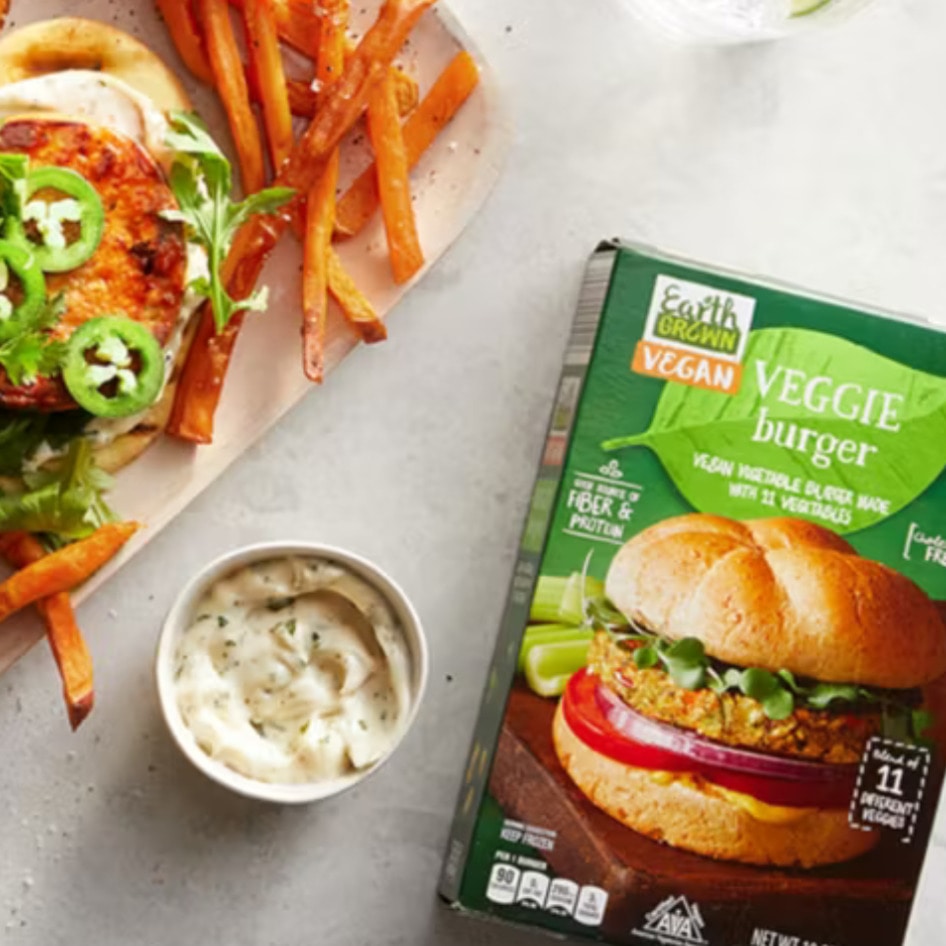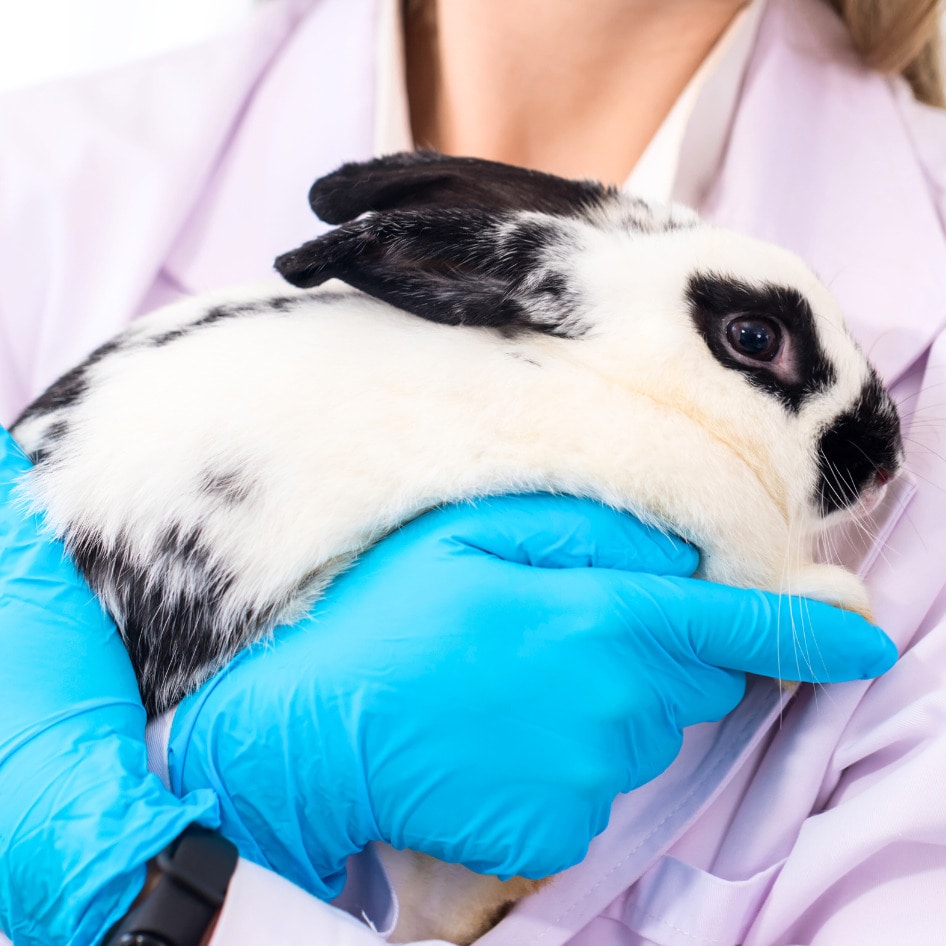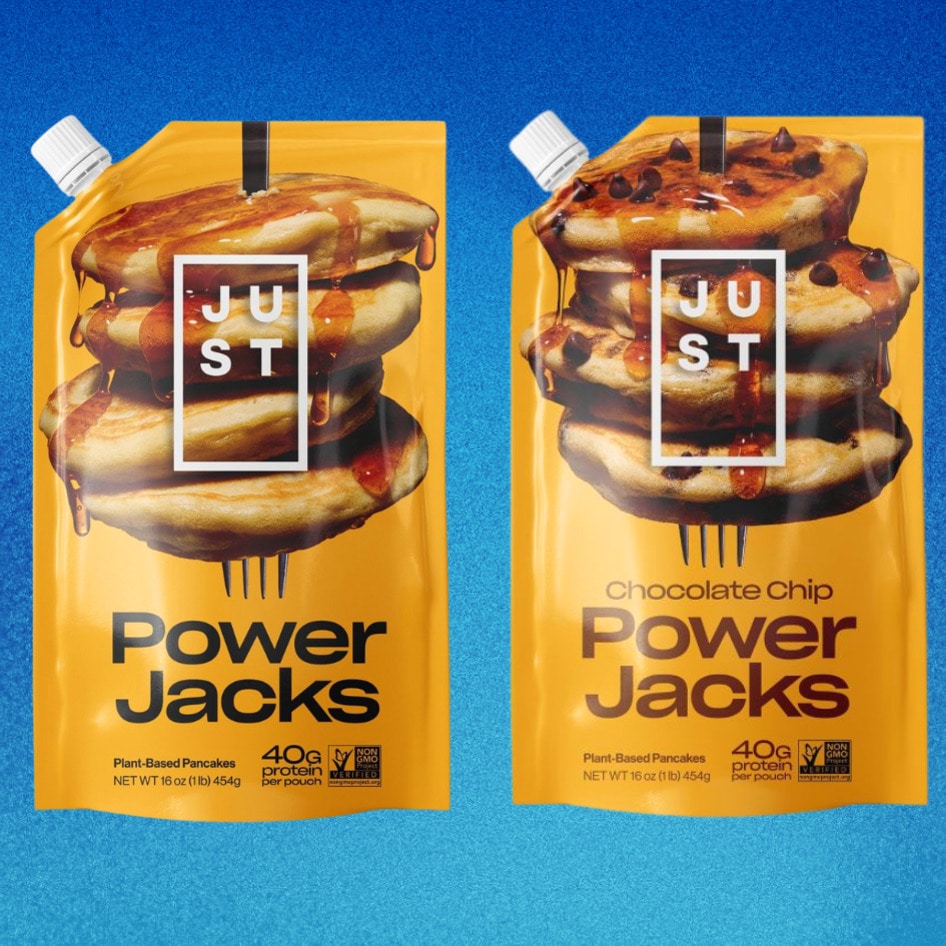In 2013, Hanni Rützler, a nutritional scientist from Austria, secured her place in the history books when she became the first person in the world to bite into a cultivated meat burger. Her verdict? “Perfect consistency, but I miss salt and pepper,” she said after trying the piece of lab-grown beef, reported to be worth around $250,000.
But while Rützler may have been the first person to sink her teeth into meat grown in a lab, she’s far from the last. Since then, cultivated meat (also referred to as cultured, cell-based, or lab-grown meat) has actually been served to paying customers in restaurants. (Luckily they didn’t have to take out a loan to try it, as the price has come down considerably in the last decade.) And by 2035, a new report from Research and Markets predicts the whole industry could reach almost $2 billion.
 SuperMeat
SuperMeat
But what actually is cultivated meat? Where can it be sold right now? Does it count as vegan food? And when it comes to feeding the world ethically and sustainably, does this industry actually have potential? Here, we explore the answers to your burning questions.
What is cultivated meat?
Cultivated meat is just like traditional meat, only unlike the latter, which is taken from farmed animals, the former is grown from real animal cells inside a lab.
The idea behind the industry is to remove the need for animal farming altogether, and take billions of cows, chickens, fish, turkeys, pigs, and more, out of the food system.
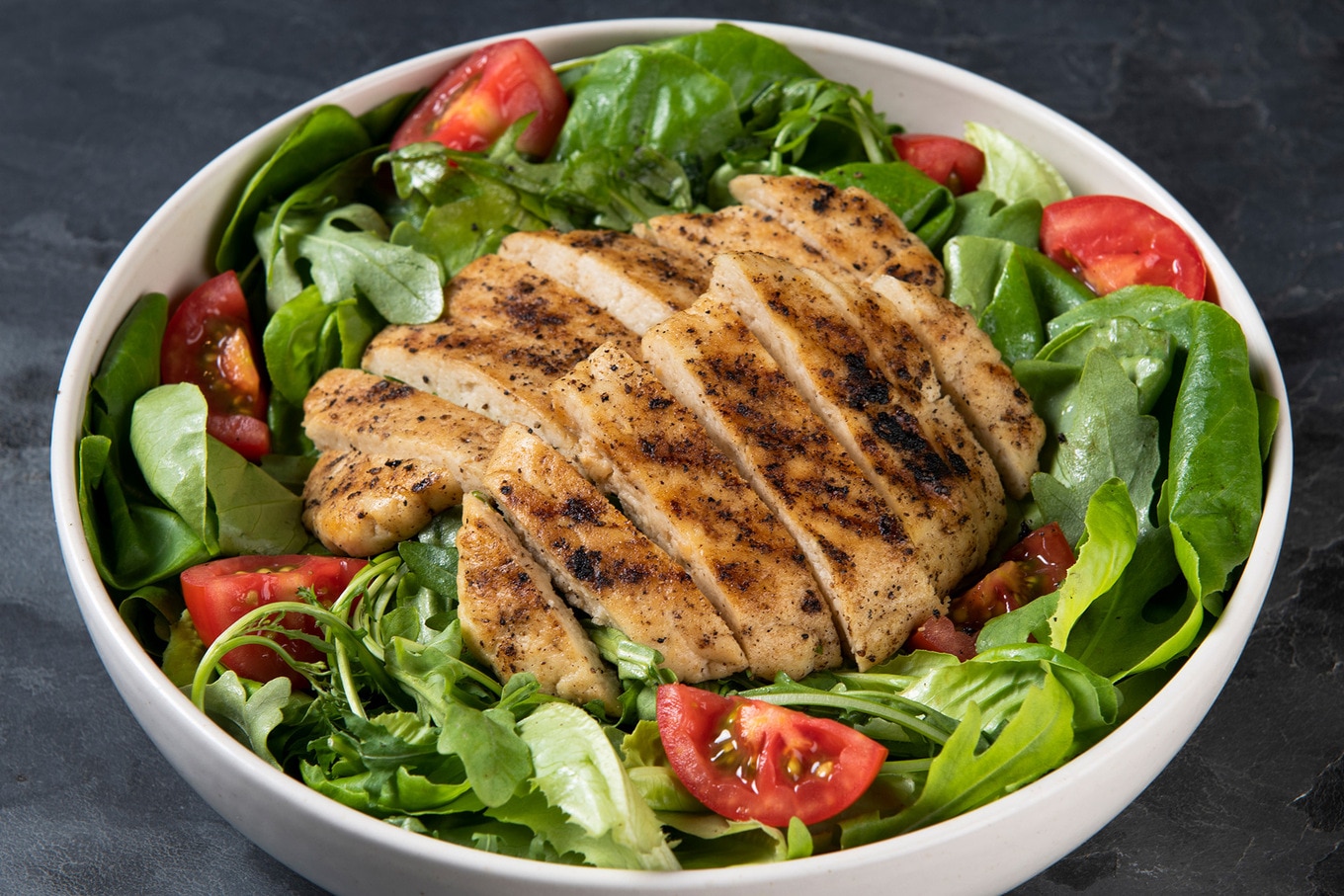 SuperMeat
SuperMeat
The industry is still relatively new—the first cultivated meat companies were founded around seven years ago. But now, there are roughly 99 companies worldwide working on creating cultured animal protein in a lab.
How is cultivated meat made?
The process of making cultivated meat takes a few weeks and starts when cells are taken from a farm animal. (To grow a beef burger, for example, real cow cells are needed. For a nugget, real chicken cells are obtained.)
After that, the cells are put into bioreactors (essentially big vats) and fed “an oxygen-rich cell culture medium,” according to the Good Food Institute, a nonprofit dedicated to the growth of the alternative protein market.
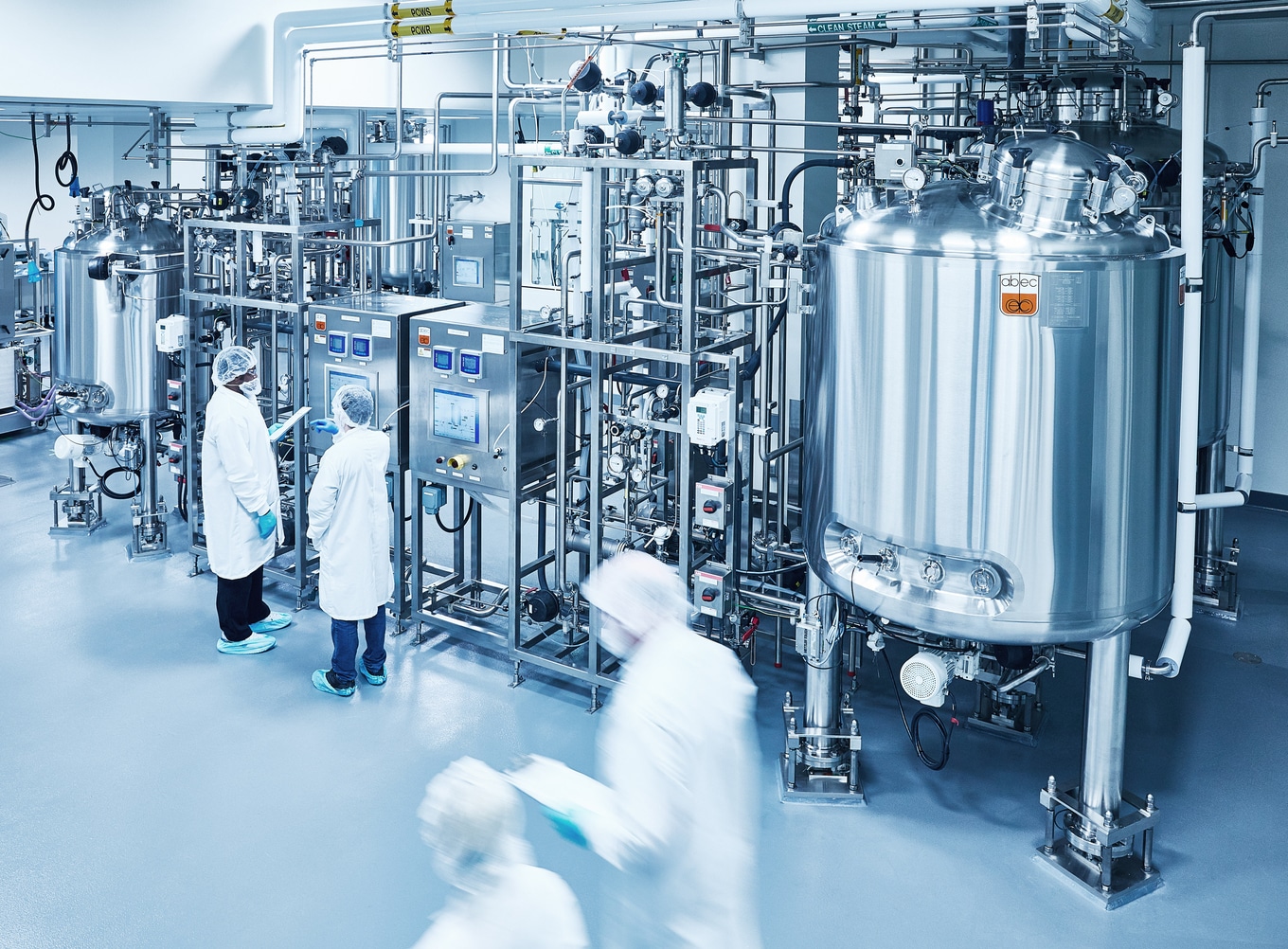 Eat Just
Eat Just
“Changes in the medium composition, often in tandem with cues from a scaffolding structure, trigger immature cells to differentiate into the skeletal muscle, fat, and connective tissues that make up meat,” it continues. After that, the resulting protein is harvested and prepared, ready for consumption.
Is cultivated meat vegan?
Because cultivated meat is taken from real animal cells, it is not technically vegan. But that said, because it’s slaughter-free, some vegans have said they’d be open to consuming it.
One poll by the dating app Veggly, conducted last year, found that 24 percent of vegans would be open to eating cultivated meat. And while nearly half said they wouldn’t eat it, they did also state that they still want the industry to succeed.
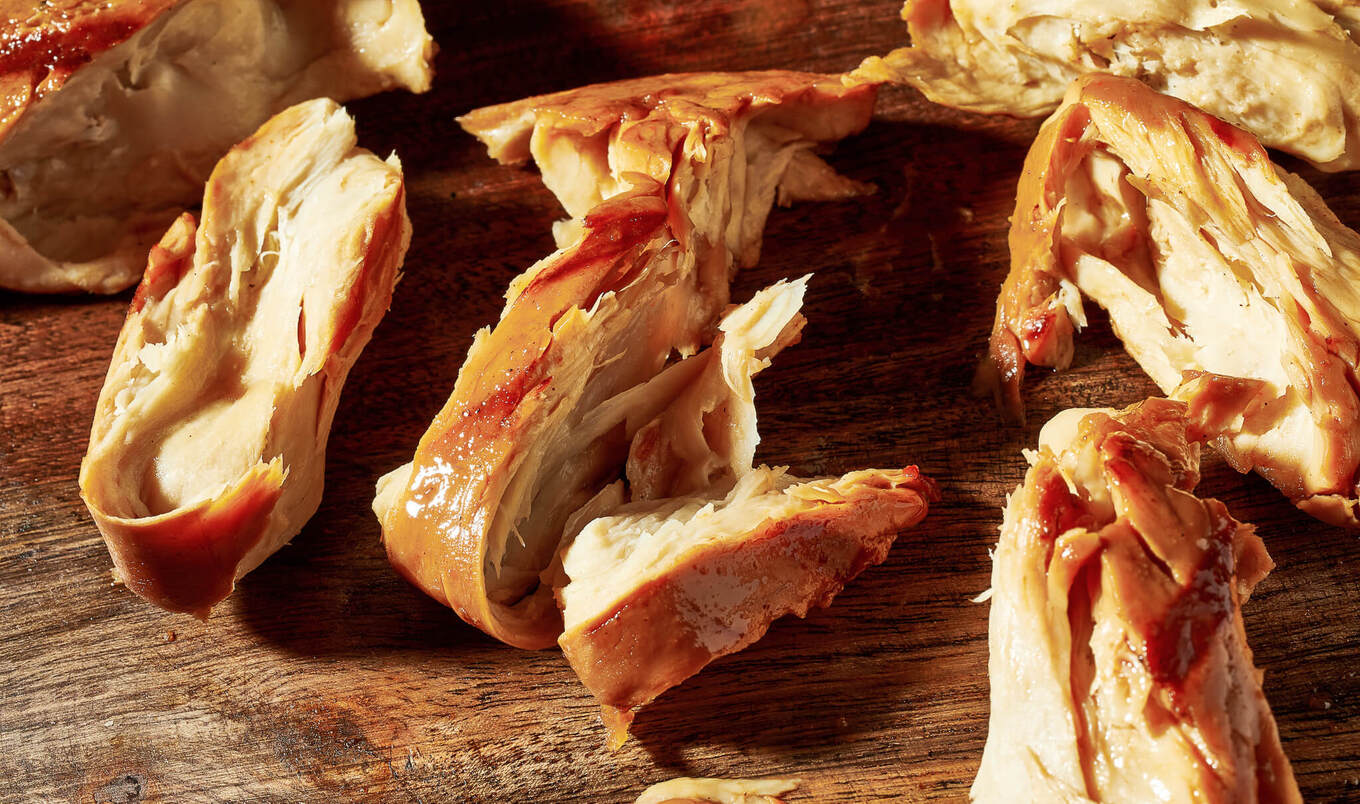 Eat Just
Eat Just
“The more momentum cultured meat gains, the less demand there will be for animal meat,” said Veggly’s founder Alex Felipelli. “Ultimately, we as vegans just want to save as many animals’ lives as possible and protect the planet. Cultured meat is one of the new innovations that will help us achieve this, so it’s worth supporting or encouraging it, even if we don’t want to eat it.”
Is cultivated meat sustainable?
Right now, the food system relies heavily on animal agriculture. But this way of producing protein is detrimental to the planet. Livestock emits 14.5 percent of global greenhouse gasses, and it’s also a driver of deforestation and habitat destruction, as well as water pollution, and ocean dead zones.
Ultimately, changing the way we make meat, and shifting production to the lab, would help to mitigate some of these environmental challenges. According to one 2011 Oxford University study, for example, cultivated meat could reduce emissions by 96 percent. And a more recent analysis, conducted in 2021, suggested that if a cultivated meat production facility was run on renewable energy, the carbon footprint of producing beef could be up to 92 percent lower.
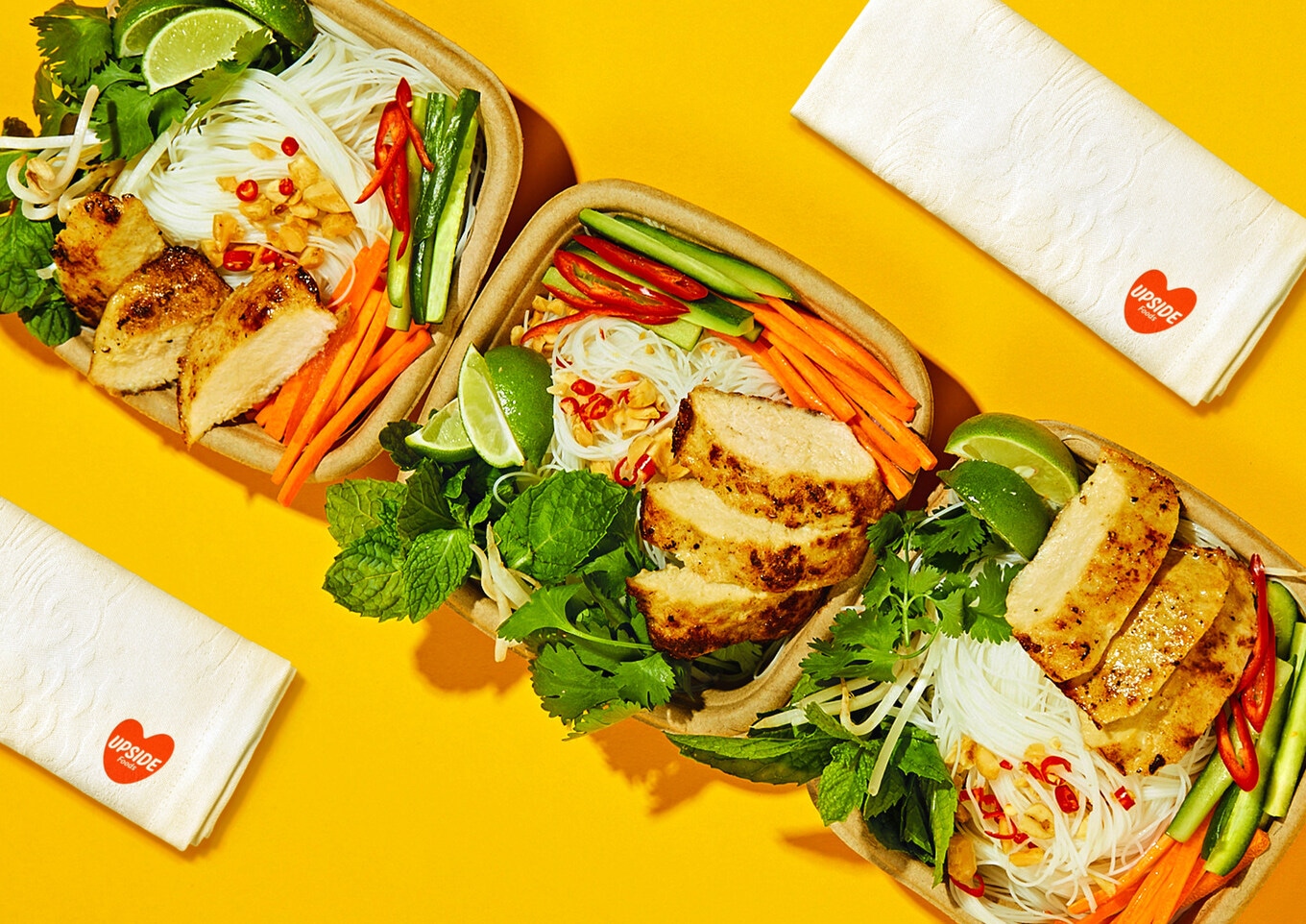 Upside Foods
Upside Foods
It would also cut down on resources, as well as waste. “When we’re raising animals, a very large amount is being discarded: the bones, fur, eyeballs, organs. What we’re doing is wasting resources to produce stuff that we don’t get back,” Shir Friedman—who co-founded the Modern Agriculture Foundation and currently serves as cultivated meat company SuperMeat’s head of communications—told Gizmodo back in 2016. “With cultured meat, you grow exactly what you want, and you barely throw anything away.”
Where can cultivated meat be sold?
Back in 2020, Singapore became the first country in the world to give cultivated meat its regulatory approval. Now, cultivated chicken by Good Meat (a subsidiary of California vegan egg brand Eat Just) is sold in one of the country’s popular restaurants, Huber’s Butchery.
But the brand’s market just opened up significantly, as the US has also now approved cultivated meat for sale in the country. In June 2023, both Good Meat and Upside Foods, another California-based cultivated meat company, were granted final approval by the US Department of Agriculture, following an inspection of their facilities. This doesn’t mean that cultivated meat will instantly be for sale across the US, but it does mean that both companies can start preparing to roll out their products.
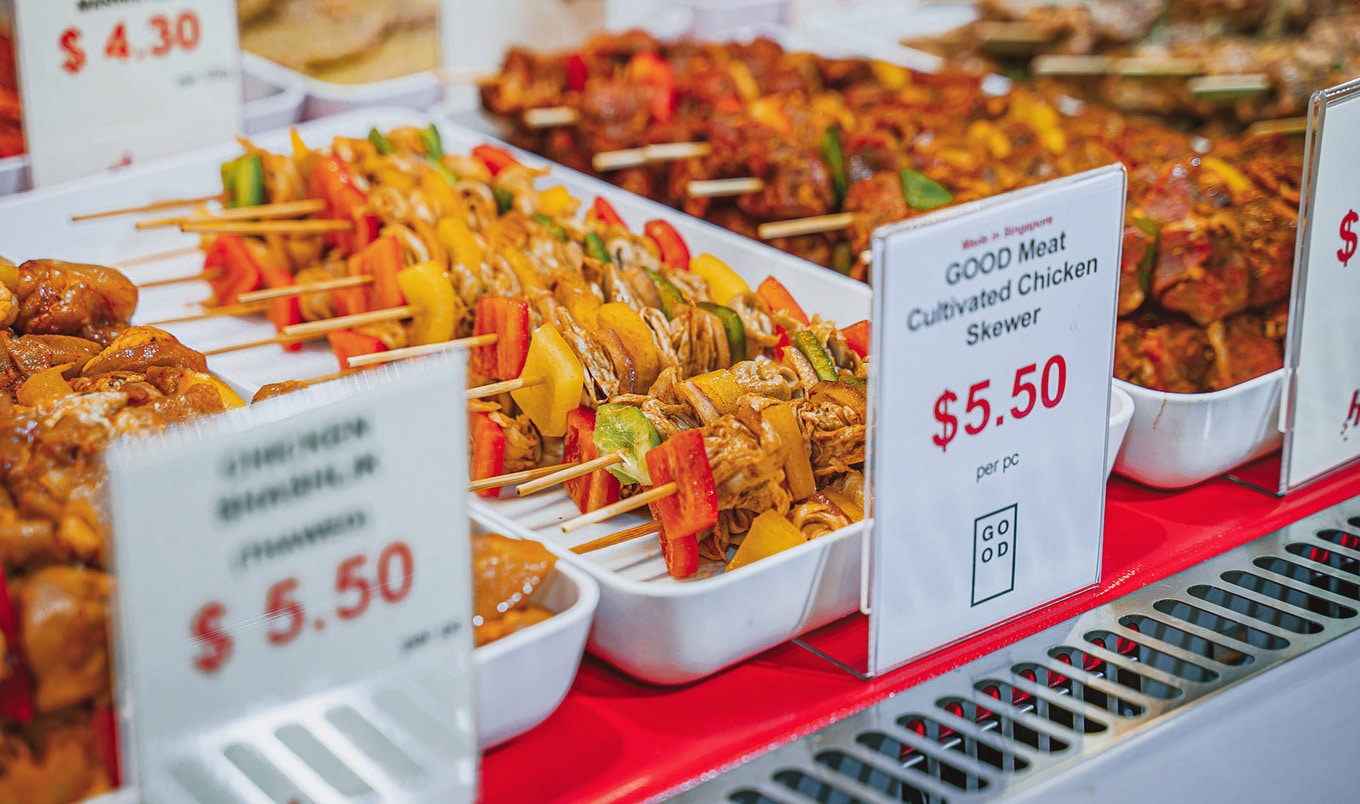 Eat Just
Eat Just
“This approval will fundamentally change how meat makes it to our table,” said Uma Valeti, the founder and CEO of Upside Foods. “It’s a giant step forward towards a more sustainable future—one that preserves choice and life.”
What other foods can be cultivated in a lab?
The world of cultivated meat is exciting, innovative, and intriguing. But it’s not the only food that can be produced inside a lab. In fact, one day, we could all be drinking coffee, enjoying chocolate, and chewing on collagen gummies, all of which started their journeys inside a lab.
CULT Food Science, a new product division of Canadian brand Cult Foods, for example, has created Zero Coffee, a sparkling coffee beverage made with cultured coffee. It also developed Free Candy, a gummy made with cultured collagen. The latter is a popular supplement, associated with improved skin elasticity, but because it comes from animal bones, it’s not sustainable. Cultured collagen, however, offers a potentially more environmentally-friendly, more ethical alternative.
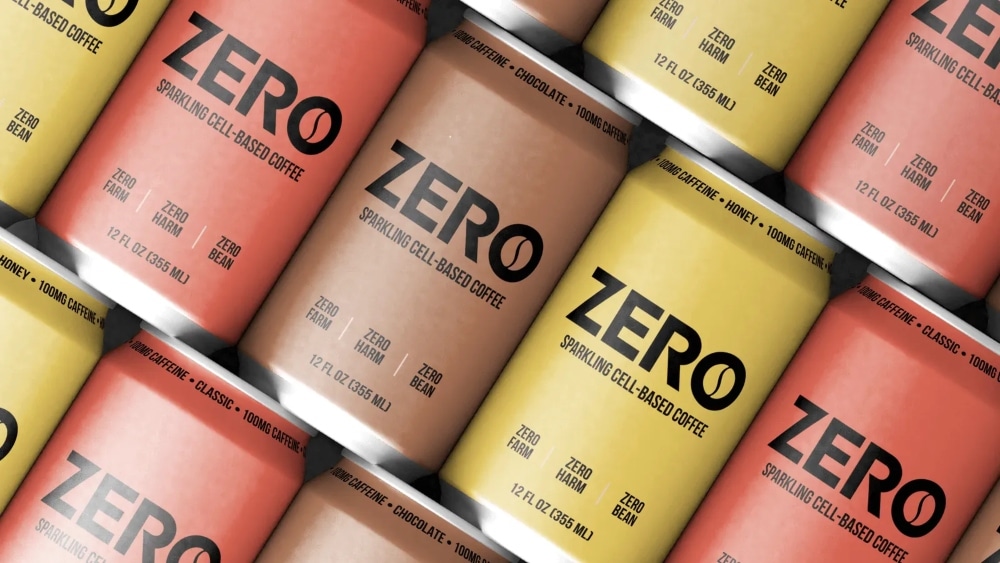 Cult Foods
Cult Foods
And in Switzerland, some researchers have even worked out how to create lab-grown chocolate, which would reduce the demand for cocoa, which is also an industry associated with deforestation.
“It is not only staple products such as meat that will be reinvented through cellular agriculture,” said Cult’s CEO Lejjy Gafour. “But the over $50 billion auxiliary market, such as coffee beans and collagen.”
In fact, he added that most of the “key ingredients you see on grocery shelves” can be replaced with cultivated alternatives. “The products that bring us so much enjoyment–an afternoon coffee or sweet snack–so often rely on environmentally harmful ingredients,” added Joshua Errett, Cult’s vice president of product development. “[We’re] providing a sustainable alternative.”
For more on cultivated meat, read:
JUMP TO ... Latest News | Recipes | Guides | Health | Subscribe



